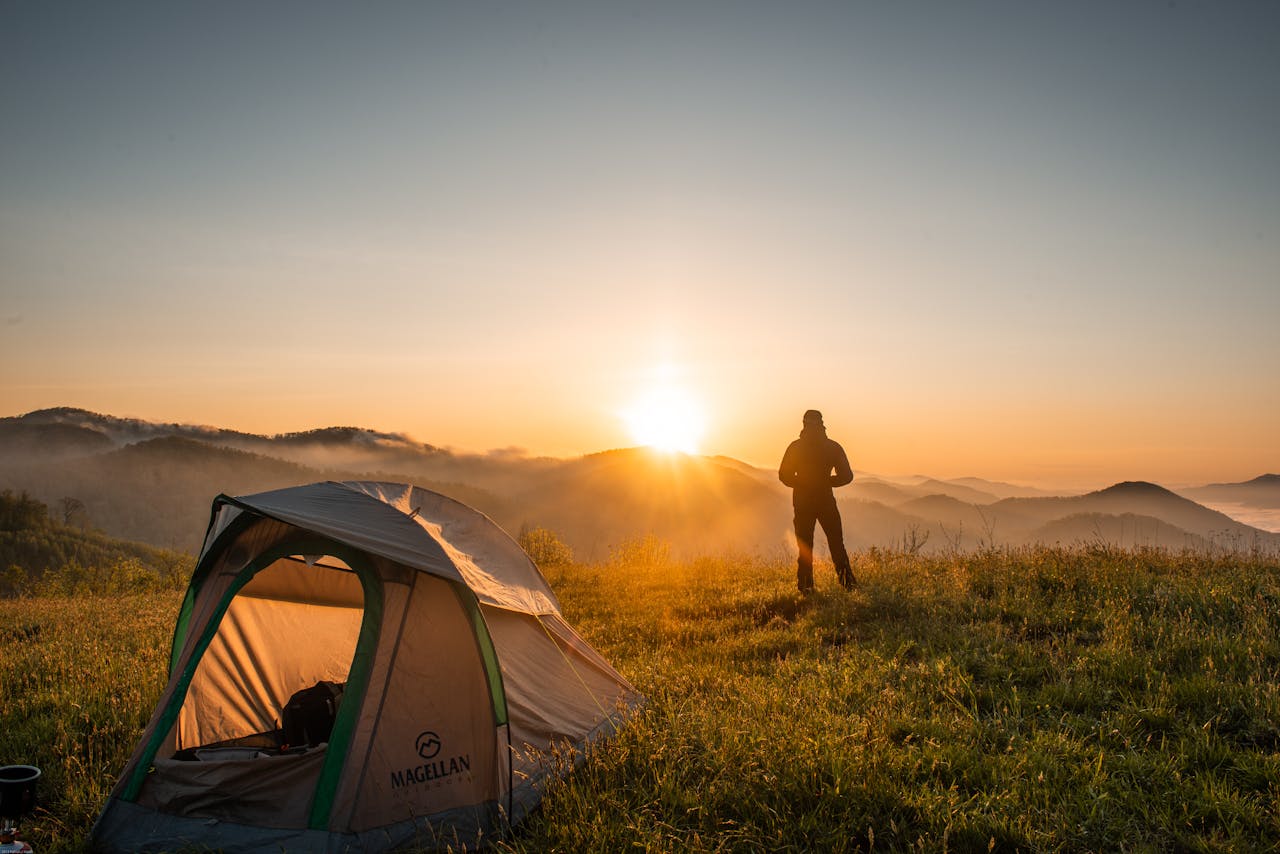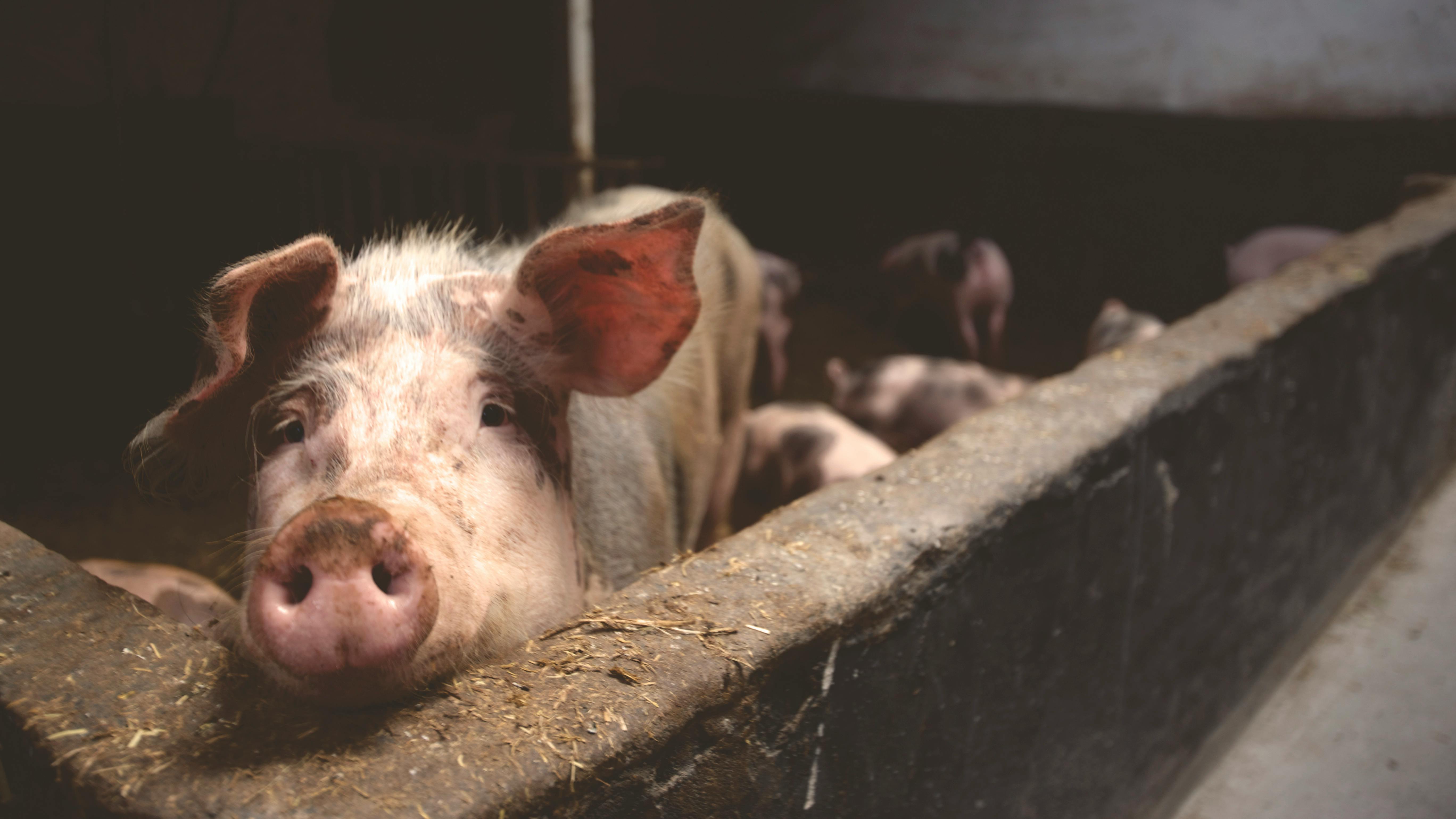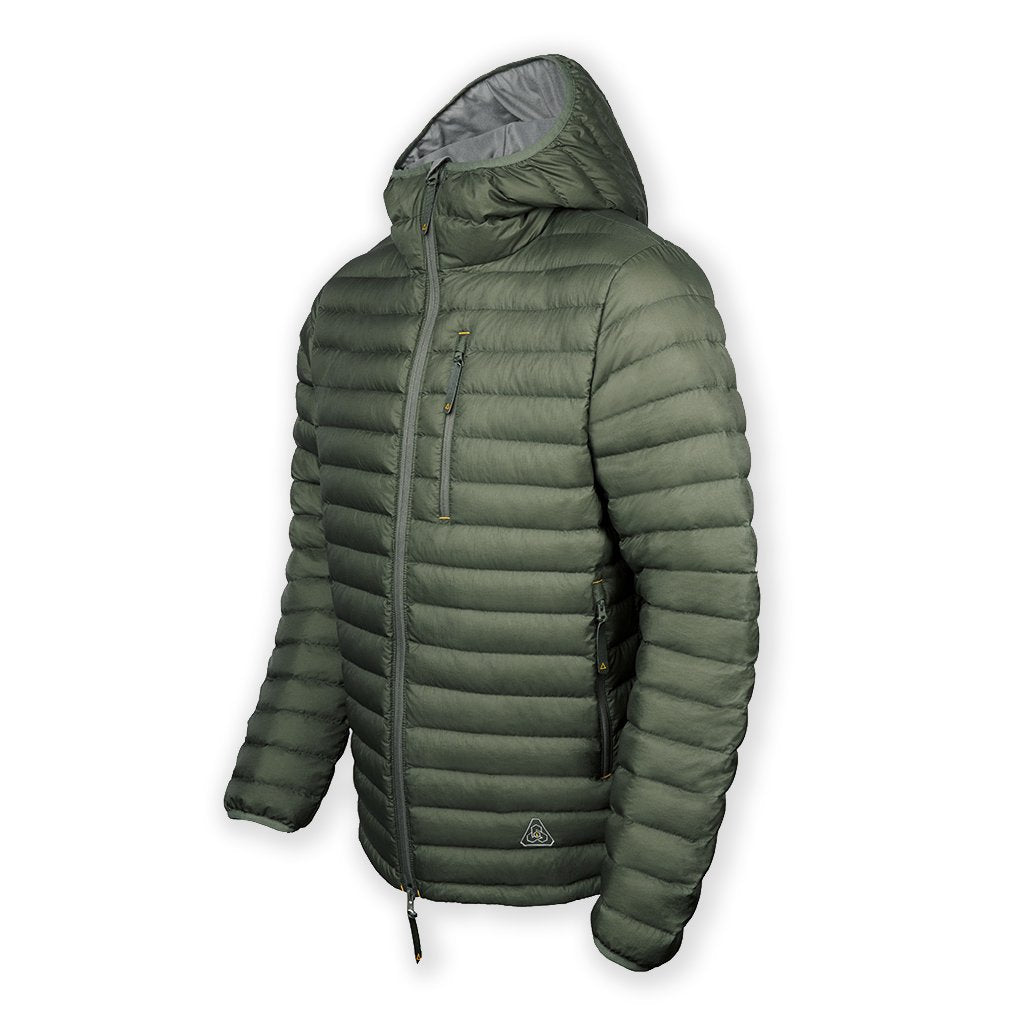
How to choose a good camp site
Location, location, location.
Choosing a good camp site can be a real skill in itself.
Any outings into the wilds can be spoiled by a bad night's sleep. Getting your full eight hours can really leave you set up for the day and brimming with energy. In juxtaposition, getting a terrible night's sleep can leave you depressed, slow functioning and ready to make a bunch of mistakes. This can be a particularly important when you are a long way from any civilization. Even more so if you are on a solo trip and need to be self reliant.
Trees & vegetation - Look above to the tree tops. Large, dead branches or standing deadwood can be fatal if they fall. Even if it is not windy, these can become dislodged and fall on you at any point, even when you're asleep! These are known as "widow makers", for obvious reasons. Certain tree species such as Beech often snap and fall with no warning. Pitch your tent elsewhere! Some trees and plants are poisonous to the touch, again, pitch elsewhere if possible.
Aspect - Which direction is your proposed campsite facing. An east facing site may be warmer in the morning but cooler in the evenings. Equally, a west facing site will be cooler in the mornings but warmer in the evenings (relative). Given that usually, a camp fire is lit for the night, it may be preferable to have the sun in the morning.
Elevation - The higher up you are, the colder you will be. Summits are rarely good spots for a camp, being far too exposed to the elements. Halfway down a valley is preferable. At night, cold air sinks to the bottom of valleys, causing a rush of cold air which can last several hours. Better to be just above this wind.
Landscape features - trees, depressions, rock walls and caves can all be used to increase protection from the wind and elements. Use them to your advantage. A note on trees : unsurprisingly, trees can act as lightning conductors, making sheltering under a large tree a tricky proposition. Solitary trees, at any elevation, are particularly dangerous, in terms of lightning attraction.
Water courses - Try and position your camp to be at least 50 metres away from a body of water. There are several reasons why this is important. First, there is the safety aspect. Flooding usually occurs along existing flood plains, usually on the the lower bank of rivers and lakes. This goes for flash floods too. Dried out river basins can turn to raging torrents within minutes, definitely a bad place to set up camp. Insects often live in very close proximity to water so are a good indicator of its presence but can also be a massive irritation. You will find greater concentrations of insects around bodies of water, sometimes a fire can attract greater numbers of insects and will not necessarily drive them away.
Stability of land - Watch out for areas which are susceptible to avalanches, driven by either snow, mud or debris. Landslides can be an issue at any time of year. Recently, a large section of chalk cliffs, collapsed in the UK. Essentially, a whole mountain side on the move, falling into the sea. Luckily, no one was injured. Had anyone been camping at he top, a fatality would surely have been the result. Cliffs can collapse without notice, particularly in softer strata, such as sandstone.
Humans and animals - Usually these will not cause you too many problems (apart from maybe the odd, pesky park ranger). Waking up next to a heard of cattle can be an interesting experience although generally not a dangerous one (although plenty of farmers are injured every year by livestock so use caution). Watch out for private property signs, or no trespassing signs. Try to secure permission before embarking, if possible.
It would be remiss at this stage not to mention the "leave no trace" philosophy. Leave nothing but footprints and take nothing but photos and memories.
Have a great adventure.
Photo courtesy of Cliford Mervil
The Bushgear Team


